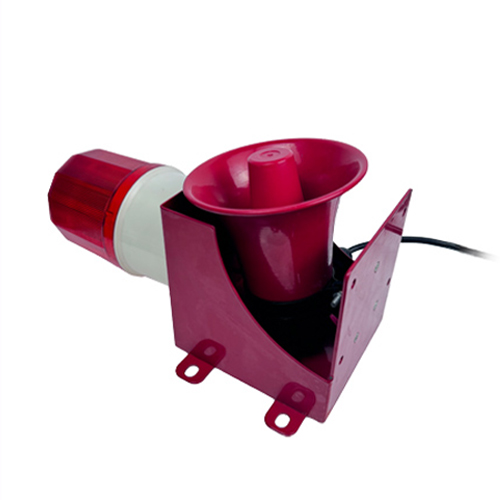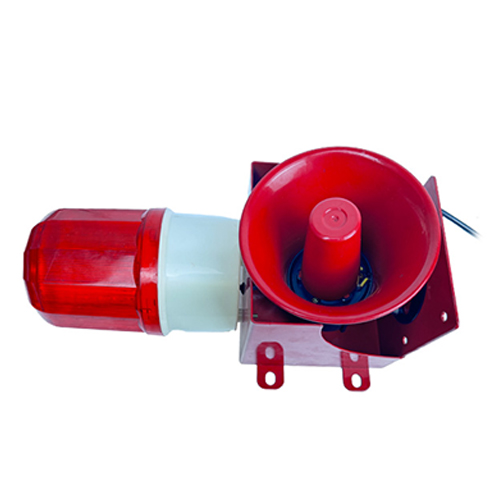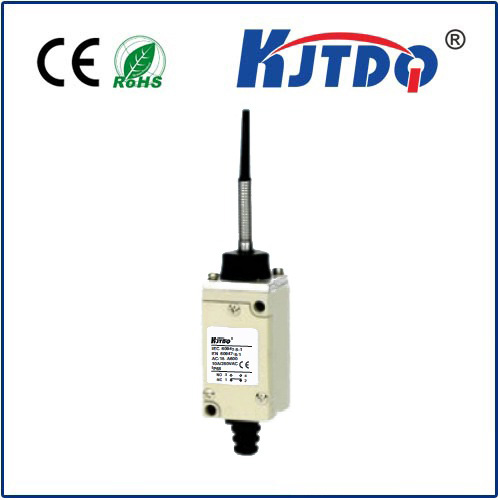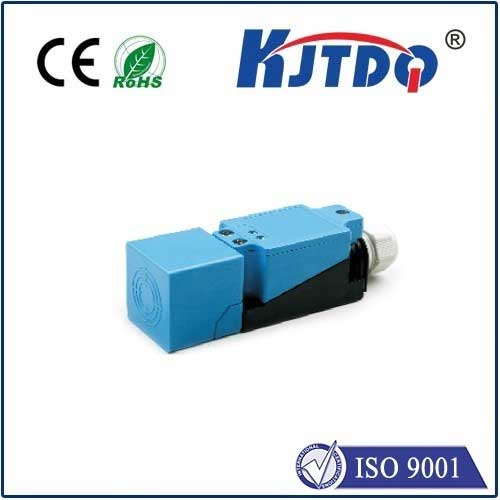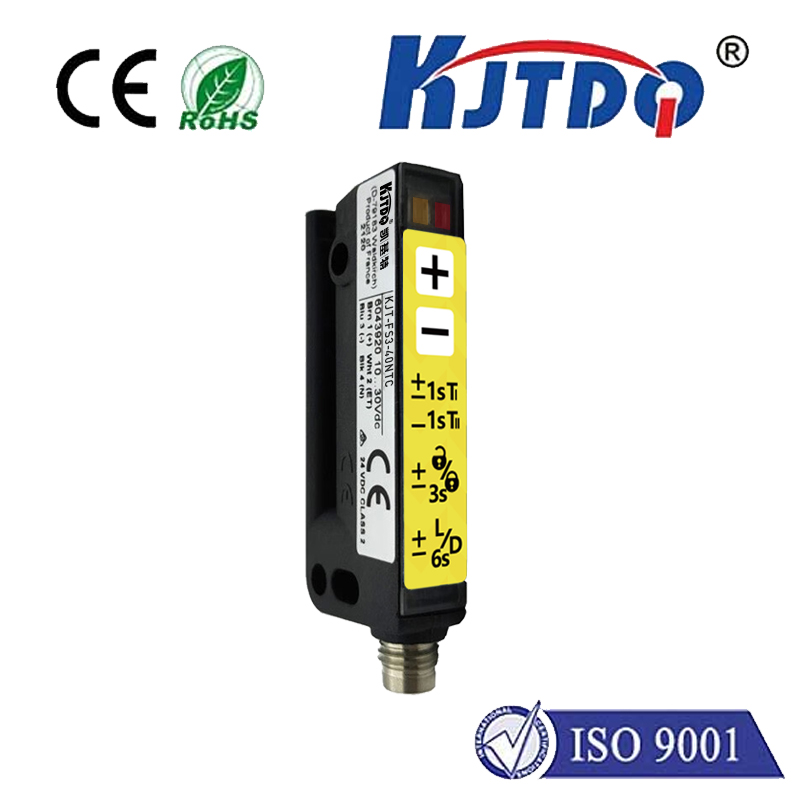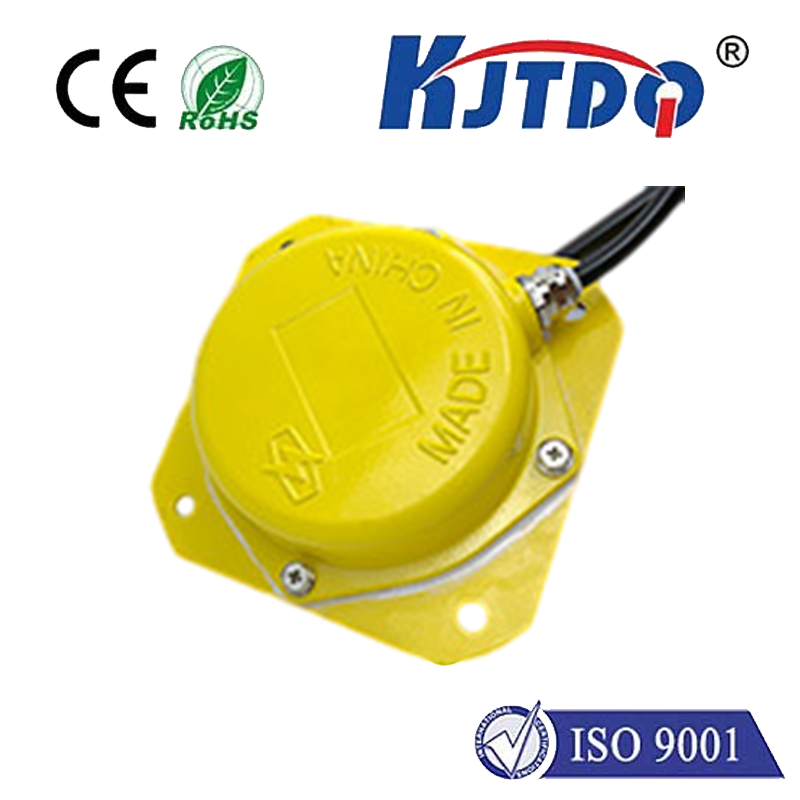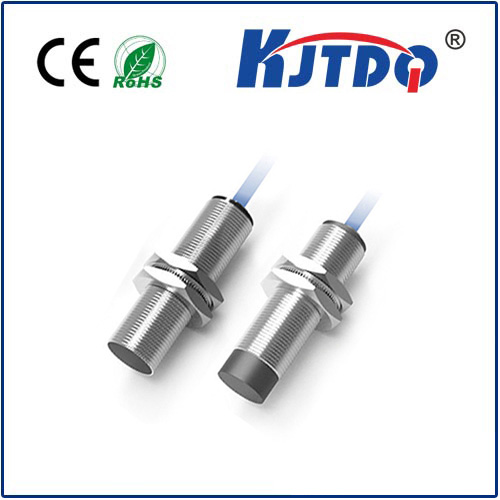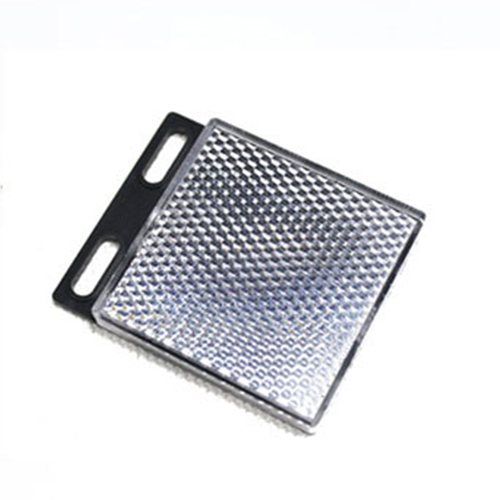four wire proximity inductive sensor
- time:2025-09-07 00:06:00
- Нажмите:0
Four Wire Proximity Inductive Sensors: Enhanced Control and Flexibility for Industrial Automation
Imagine an industrial robot arm executing precise movements within millimeters of metal components. Picture high-speed packaging lines where containers zip past sensors at dizzying speeds. Or envision the controlled chaos of automated stamping presses. In these demanding environments, reliable, non-contact detection is paramount. Contamination from dirt, oil, vibration, and the sheer need for speed often make mechanical switches impractical. This is where proximity sensors shine, and among them, the four-wire inductive proximity sensor offers unique advantages for complex control scenarios. But what makes this specific configuration stand out in the world of industrial sensing?
Understanding the Core: Inductive Proximity Sensing
Before diving into the wiring, let’s establish the fundamental principle. An индукционный датчик приближения operates by generating an electromagnetic field using a coil within its sensing face. When a metal target (typically ferrous metals like steel or iron, though some sensors detect non-ferrous metals like aluminum or copper) enters this field, it induces eddy currents within the target metal. This interaction causes a measurable change in the sensor’s internal oscillator circuit. The sensor detects this change and triggers its output signal, all without any physical contact with the target. This non-contact nature grants them exceptional longevity and reliability, immune to wear and tear from repeated impacts.
The Crucial Role of Wiring: Two, Three, or Four?

The number of wires defines how the sensor is powered and how its output signal is handled:
- Two-Wire Sensors: These loop directly into the load circuit (like a relay coil). While simple, they have limitations in switching current capacity, voltage drop issues, and often require a minimum load to operate correctly. They offer minimal flexibility.
- Three-Wire Sensors: The industry standard. They have dedicated wires for power supply positive (+V), power supply negative (GND or 0V), and an output signal wire. The output is either “Sourcing” (PNP – switches positive voltage to the load) or “Sinking” (NPN – switches ground/negative to the load). They provide a clean, amplified signal suitable for PLCs and controllers.
- Four-Wire Sensors: This is where enhanced capability comes in. A four-wire inductive proximity sensor incorporates two distinct output circuits alongside the standard power supply connections (+V and GND).
Demystifying the Four-Wire Advantage
So, why choose a four-wire model? The extra wires provide critical functionality:
- Independent Outputs: The defining feature. A four-wire sensor typically has one Normally Open (NO) output and one Normally Closed (NC) output. Crucially, these outputs are electrically isolated from the sensor’s power supply and from each other. They often utilize relay contacts or high-grade semiconductor switches.
- Flexible Switching: This dual-output configuration provides immense flexibility in control logic:
- Two Independent Signals: Drive two separate loads or provide complementary signals (e.g., one output indicating “target present,” the other indicating “target absent”) to different parts of a system.
- Complex Logic Implementation: Simplify ladder logic or relay logic circuits by providing both NO and NC signals directly from one sensor point, potentially reducing the need for additional relays or inverter gates.
- Fail-Safe & Monitoring: In critical applications, the NC contact can act as a sensor monitoring circuit. If the sensor fails (loses power, internal fault), the NC contact changes state, providing a clear failure indication separate from the normal target detection signal.
- Superior Noise Immunity: The electrical isolation between the power circuit and the output circuits, and between the outputs themselves, significantly reduces the risk of electrical noise interference. This is vital in environments with motors, variable frequency drives (VFDs), welding equipment, or other sources of electromagnetic interference (EMI). This isolation prevents ground loops and signal crosstalk.
- Voltage Flexibility: The isolated output circuits can often switch voltages different from the sensor’s supply voltage (within their specified ratings). For instance, the sensor might run on 24VDC, while its relay outputs could switch 120VAC or a different DC voltage to a separate load.
Where Four-Wire Inductive Sensors Excel
This unique combination of features makes four-wire proximity sensors particularly valuable in specific applications:
- Machinery Requiring Dual Signals: Systems needing both a “ready” and “not ready” signal from a single position.
- Safety Interlocking & Monitoring: Implementing or simplifying safety circuits where sensor health monitoring is crucial.
- Interfacing with Mixed Voltage Systems: Controlling loads operating at different voltages (e.g., PLC inputs at 24VDC and solenoid valves at 120VAC) simultaneously.
- High Electrical Noise Environments: Plants with significant EMI/RFI where signal integrity is paramount for reliable operation.
- Legacy Control Systems (Relay Logic): Providing both NO and NC contacts directly simplifies wiring in panels dominated by relays and contactors.
- Complex Sequencing: Applications where one sensor event needs to trigger two distinct actions reliably and independently.
Choosing Between PNP/NPN and Relay Outputs
Four-wire proximity sensors typically come in two main output types:
- Solid-State (Transistor) PNP + NPN: Offers two electronically switched outputs (one PNP sourcing, one NPN sinking). These are fast, have high switching frequencies, are wear-free, and ideal for connecting directly to PLCs or other electronics. Benefit: Speed, long life.
- Electromechanical Relay: Uses physical relay contacts for both NO and NC outputs. Can switch AC or DC loads, often at higher currents and voltages than transistor outputs. Provides galvanic isolation. Benefit: Voltage/current flexibility, true isolation.
| Особенности |
Two-Wire |
Three-Wire |
Four-Wire |
| Wires |
2 |
3 |
4 |
| Power Connection |
Loop with load |
Dedicated +V & GND |
Dedicated +V & GND |
| Output(s) |
1 (Unamplified, shared) |
1 (Amplified, PNP or NPN) |
2 (Isolated, typically NO & NC) |
| Тип экспорта |
Passive (Load-Dependent) |
Solid-State (PNP or NPN) |
Solid-State (PNP+NPN) or Relay |
| Key Advantage |
Simplicity |
Reliable signal, standard interface |
Dual isolated outputs, noise immunity, flexibility |
| Key Limitation |
Voltage drop, min load |
Single output type per sensor |
Higher cost, larger size |
| Best For |
Simple on/off, low load |
Most standard PLC/controller interfacing |
** |

